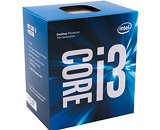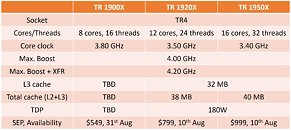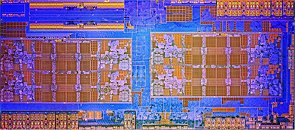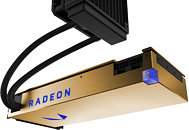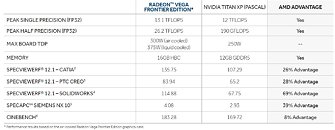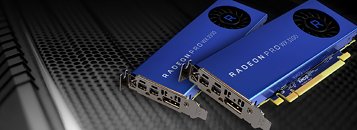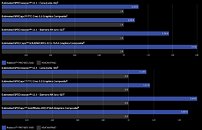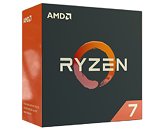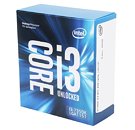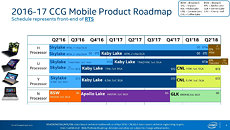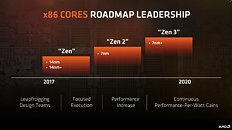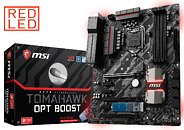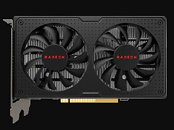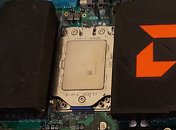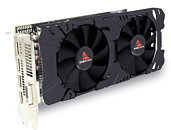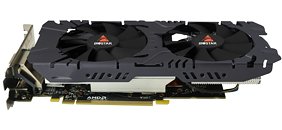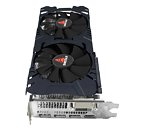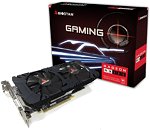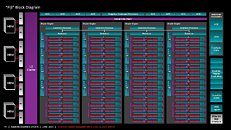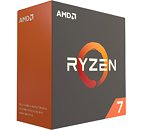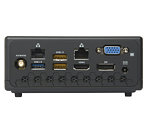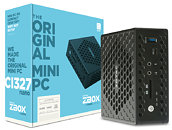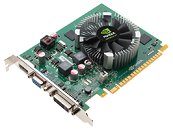
Intel Core i3-8300 Detailed - First Quad-Core i3
Intel Core i3-8300 could be the company's first quad-core processor to bear the Core i3 badge. Based on the 14 nm "Coffee Lake-S" silicon, This SKU could be priced in the upper-band of the Core i3 lineup (around the USD $150 mark), offering four cores. As if that isn't surprising enough, this quad-core chip even reportedly features HyperThreading, enabling 8 logical CPUs for the OS to deal with.
For the first time, a Core i3 part will have more logical CPUs than a Core i5 part, which lacks HyperThreading. Such a feature disparity won't be new, as current Core i3 dual-core SKUs feature HyperThreading, which Core i5 quad-core parts lack. The i3-8300, however, will lack Turbo Boost, which Core i5 SKUs will feature. The chip reportedly features a clock speed of 4.00 GHz. The L3 cache amount and TDP of this chip remain unknown at this point. Intel could launch Core i3 "Coffee Lake" processors only by late-2017 or early-2018.
For the first time, a Core i3 part will have more logical CPUs than a Core i5 part, which lacks HyperThreading. Such a feature disparity won't be new, as current Core i3 dual-core SKUs feature HyperThreading, which Core i5 quad-core parts lack. The i3-8300, however, will lack Turbo Boost, which Core i5 SKUs will feature. The chip reportedly features a clock speed of 4.00 GHz. The L3 cache amount and TDP of this chip remain unknown at this point. Intel could launch Core i3 "Coffee Lake" processors only by late-2017 or early-2018.
